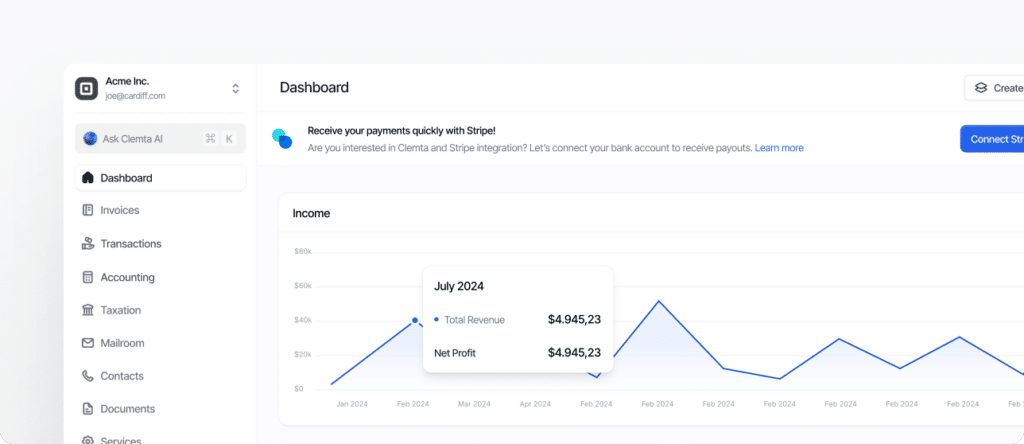Money owed to a business by its customers for products or services delivered but not yet paid for (an asset on the balance sheet).
What are Accounts Receivable?
Accounts Receivable (AR) represents the outstanding invoices or payments that customers owe your company. It is recorded as a current asset because it’s expected to be converted to cash in the short term. For example, if your U.S. business provides a service or sells a product and issues an invoice due in 30 days, that amount becomes part of AR until the customer pays. In essence, accounts receivable are the value of all goods or services delivered to customers on credit (not paid immediately). Efficient management of AR is vital – it involves sending invoices promptly, tracking due dates, and following up on overdue accounts to maintain healthy cash flow.
For non-U.S. founders, having significant AR means your cash is tied up with customers, so you’ll want to monitor how quickly customers pay (often measured by Days Sales Outstanding). U.S. companies often have payment terms like “Net 30” (due in 30 days) or “Net 60”. If you sell on credit, you may occasionally deal wit late payments or bad debts. Keep in mind that accounts receivable is not the same as revenue – revenue is recognized on the income statement when earned (under accrual accounting), and AR on the balance sheet shows that cash has yet to be received for that revenue. Good practices include clear payment terms in contracts and possibly using tools like online payment links or factoring (selling receivables) if cash flow is tight. Also, note that unlike many other countries, U.S. businesses rely heavily on credit sales, so managing AR is a routine part of operations.

